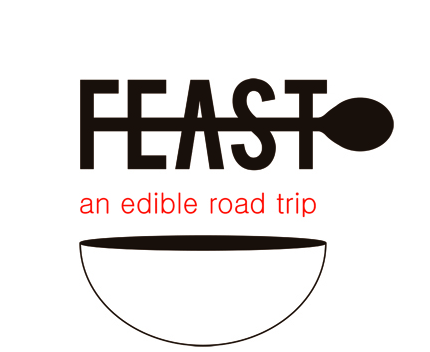Lighting the Qulliq
This is Annie.
She’s an Inuk elder living in Rankin Inlet, and she and her niece Veronica very kindly agreed to meet with us one afternoon. Annie, who’s nearly blind, slowly and carefully climbed the stairs up to the local fishery’s office, while Veronica followed behind, carrying a heavy bag. In it were all the supplies they’d need to light the qulliq, a traditional ‘women’s lamp,’ the tool with which women kept their families warm and fed for centuries on the tundra.
We’d seen one in Monica’s house, but had yet to learn how they worked, and as Annie spoke (she’s one of the few community members who solely speaks Inuktitut, so Veronica translated), we were astounded yet again at the ingenuity of the Inuit.
Today, women’s lamps are used only ceremonially, but Annie can remember when they were used daily. About 60 years ago she contracted tuberculosis, and was sent to a hospital in Brandon, Manitoba to recover. When she returned, four years later, her baby son was a boy, and women’s lamps had been replaced by camp stoves. As a side note, we were horrified to hear that no interpreters were available to the Inuit who recovered from tuberculosis in southern hospitals, so people like Annie spent years in cultural isolation, unable to communicate with the people around them. Annie also mentioned how much she disliked “white man’s food,” which would have been made all the worse considering it was white man’s hospital food. She was relieved when she finally returned to her family, and to country food, even if it was no longer being cooked with a familiar tool.
Basically, the lamp works like this: there’s a half moon-shaped platform carved out of soapstone; sometimes it’s support by three dowels, but in this case, Annie just rested it on a small wooden box.
The curved part of the platform has a raised edge, while the opposite side just has a groove, carved about an inch from the edge.
Oil is then poured onto the surface – traditionally, it would have been from animal fat. Whale fat is the best to use because it burns the brightest, and cleanest. That day, Annie and Veronica just used canola oil.
Bunches of Arctic cotton, harvested on the tundra during the summer, are delicately placed along the groove, and then it’s lit.
Earlier, Monica had shown us the practice of flint-striking for fire, but we used a matchstick for Annie’s lamp.
Once lit, the arctic cotton acts as a very slow-burning wick, fed by the oil sitting in the lamp, and tended to occasionally with a hook-shaped tool.
This was just a small one, but traditionally they were much bigger, with flames running the length of the lamp’s edge.
It was such an honour to be shown the qulliq by Annie. It happens so rarely now, Veronica had never actually seen her aunt light it. Check back in tomorrow, when we’ll share the second half of our visit, also known as Our First Taste of Maqtaaq….
-LA
